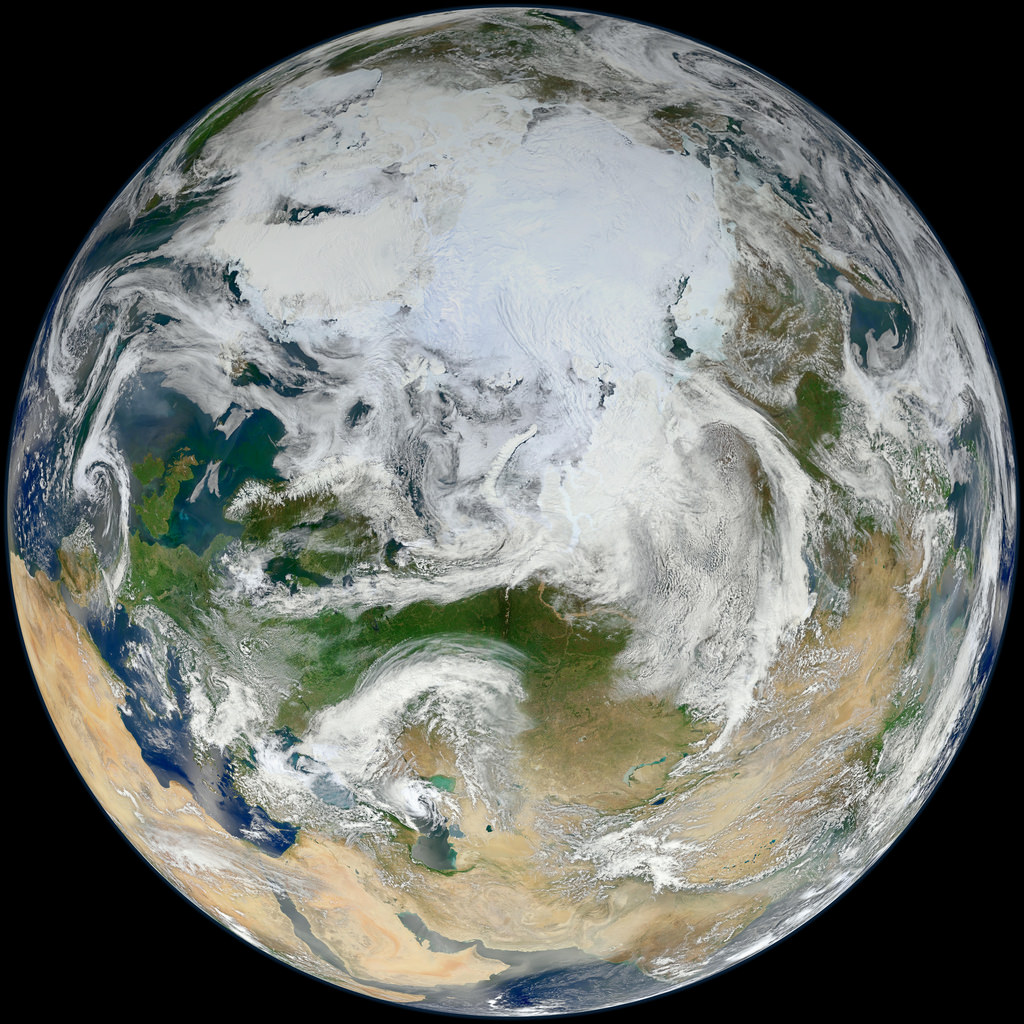An archeological dig has uncovered evidence of a massive cosmic airburst event approximately 3,600 years ago that destroyed an entire city near the Dead Sea in the Middle East. The event was larger than the famous Tunguska airburst event in Russia in 1908, with a blast 1,000 times more powerful than the Hiroshima atomic bomb. The event flattened the thriving city of Tall el-Hammam, located in what is now Jordan.
Continue reading “3,600 Years ago, a 50-Meter-Wide Meteor Exploded in the Sky and Destroyed a City Near the Dead Sea”3,600 Years ago, a 50-Meter-Wide Meteor Exploded in the Sky and Destroyed a City Near the Dead Sea


